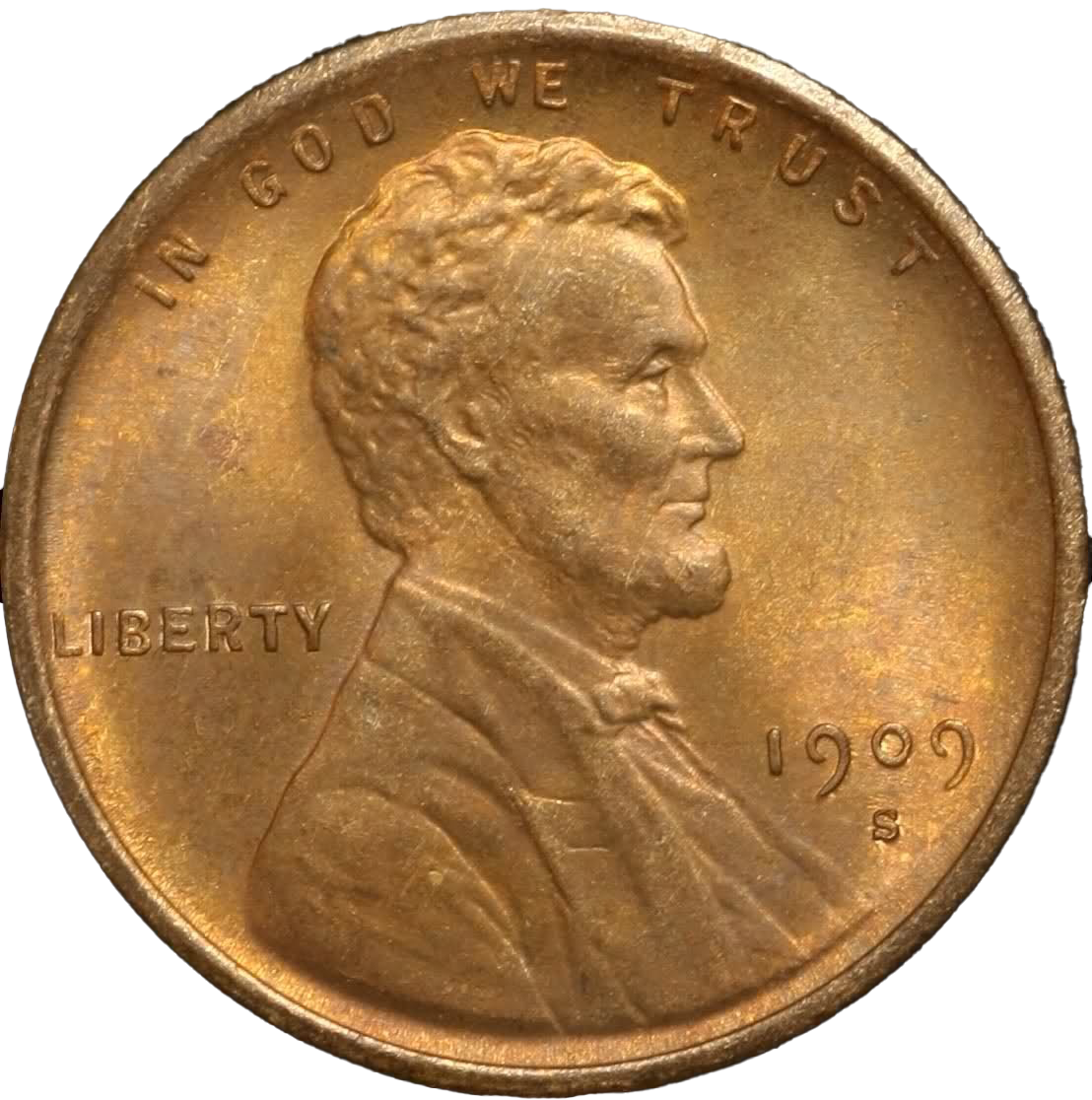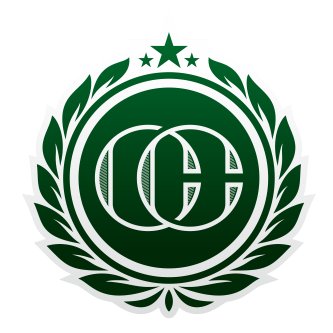The best tips for selling coins online
Coin Collecting’s brief guide on how to sell coins online
So you have some coins you want to sell, maybe you just inherited them from a parent or grandparent, maybe they’re old or more modern, maybe they’re incredibly rare and valuable!
Whatever they may be, there are a few steps that will be the same no matter what!
We’re going to go over those steps in a small guide for you to get out there and start selling your coins now!
Find out how much your coin is worth
The first thing you'll want to do is determine what you have. What is the denomination of the coin? Which Mint was the coin struck at? What year is it? What’s the condition of the coin? Does it have any errors or other unique features?
Denomination
The denomination of a coin is the different values of coins. U.S. coins have six denominations: cent (penny), nickel, dime, quarter, half dollar, and dollar.
Mint mark
The mint mark denotes where the coin was struck, there are 4 different mints around the United States that produce coins, Philadelphia, San Francisco, and Denver, as well as West Point.
It’s important to identify which mint your coin was struck at because different mints produced different numbers of coins and a specific coin with a S mint mark might be worth more than face value, but a coin with a P mint mark is only worth face value.
P stands for Philadelphia
S stands for San Francisco
D stands for Denver
W stands for West Point
Year
The year of the coin is important because in certain years there were lower mintages (the total number of coins produced that year) in certain years, making the coin more rare and sought after by coin collectors.
The year is usually marked on the obverse (front or “heads” side) of a coin but is sometimes on the reverse instead. For instance, the date on the Washington quarter is located just below George Washington, but on the America The Beautiful quarter series, the date is on the reverse.
Condition
Condition is one of the most important factors on whether or not your coin is worth anything
above face-value
(the denomination of your coin).
Most coins that you come across in everyday exchanges and transactions will be in a condition that’s called “circulated”. Circulated coins are just that, circulated! These are coins that are minted with the intent to “circulate” through everyday monetary channels. The change you receive at the gas station, the coins you turn in at the bank to exchange into dollars, the penny you find lying on the ground.
Circulated coins aren’t usually worth anything more than face-value, but occasionally
if it’s a rare coin, key date, or especially a specific error-coin, you can still get more than face-value for it.
The other types you’ll need to know about are “uncirculated” and “proof”, an uncirculated coin is a coin that doesn’t show signs of circulating through everyday commerce. The coin isn’t significantly worn down on any of the high points and still has a shine to it usually.
There are many guides out there to help you determine the quality of your coin, and we definitely suggest doing some research and looking at other coins to compare to yours to get a rough idea of the condition or “grade” of your coin.
Proof coins are coins that have been minted specifically for collecting, they do not circulate through commerce, and generally will have a mirror-like finish. You can usually only acquire these coins by purchasing them from a dealer, a marketplace site, or directly from the United States Mint.
Now it’s time for pricing
Once you’ve determined the type of coin you have, and its condition, you’re probably wondering
how much you should sell it for? It’s best to take a look at dealer sites, auctions, and books like the
Red Book
to determine the average sell price for your coin in the condition that you have.
We are currently working on an average price guide here on Coin Collecting,
although it is in progress, feel free to take a look through it
here!
In addition to condition, scarcity, mint year, etc. you’ll also want to understand what the
demand is for your coin. If nobody wants it, it’s never going to sell,
even if it’s one of a kind. Looking at auction sites can help you determine if there’s an active market for the coin you have.
Where can I sell my coins online?
There are a number of sites that are great for selling your coins online,
we have an article listing the top five places to sell your coins
here. We suggest using
Coinsforsale.com! They’re a marketplace site (similar to ebay) that is specifically for selling coins!
You can also try local coin shows to find dealers near you, but be aware and know your stuff! Try to find a reputable dealer. Pawn shops are also an option, but you’ll often get far less than what the coin is actually worth.
Other options include sites like Heritage Auctions, which is an auction house for rare and collectible items. This is usually for the ultra-rare and expensive coins though,
so if you have a coin that’s worth 1,000 it might not be worth the fees to sell through HA.
My coins aren’t selling!
If you’re trying to sell on a marketplace-type site that has listings you put up with an option for a description,
make sure you fill out that description box!
What’s the story behind the coin? It could be a personal story in how you acquired the coin, or it could just be some history about the coin, or even what happened the year that coin was made!
People love stories, and it gives even more life, and value to a rare coin.
You’ll also want to
check your price, is it too high? Is it so low that people think it’s a scam? You’ll want to find a nice middle ground, this can take some time and a bit of testing to get that sweet-spot.
You’ll also want to evaluate your photos, are they the best quality you can get?
Try to get a photo with clear lighting, on a blank white surface, with as little glare on the coin as possible. Really get those features to pop! Shining a light onto your coin from a bit of angle/top-down can help as well, you want to make sure it’s well lit and the least graininess possible.
Selling coins can get easier
Remember that the more you work on your coin listings, and the more coins you sell, the easier it gets, and the more comfortable you’ll be coming up with descriptions and pricing your coins.
It’s the same as any skill,
practice, practice, practice!
And always keep researching, and collecting what you love!



